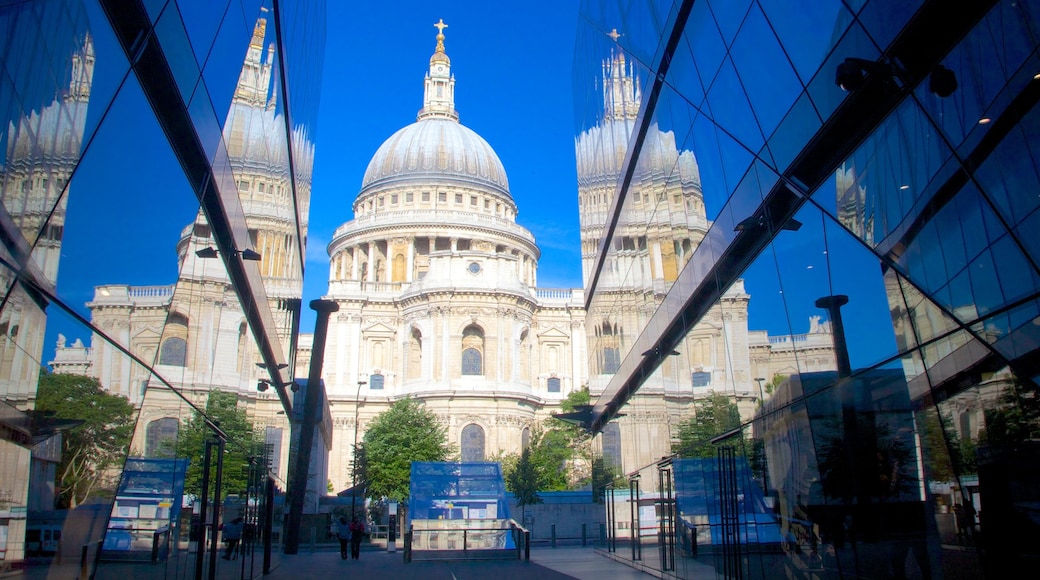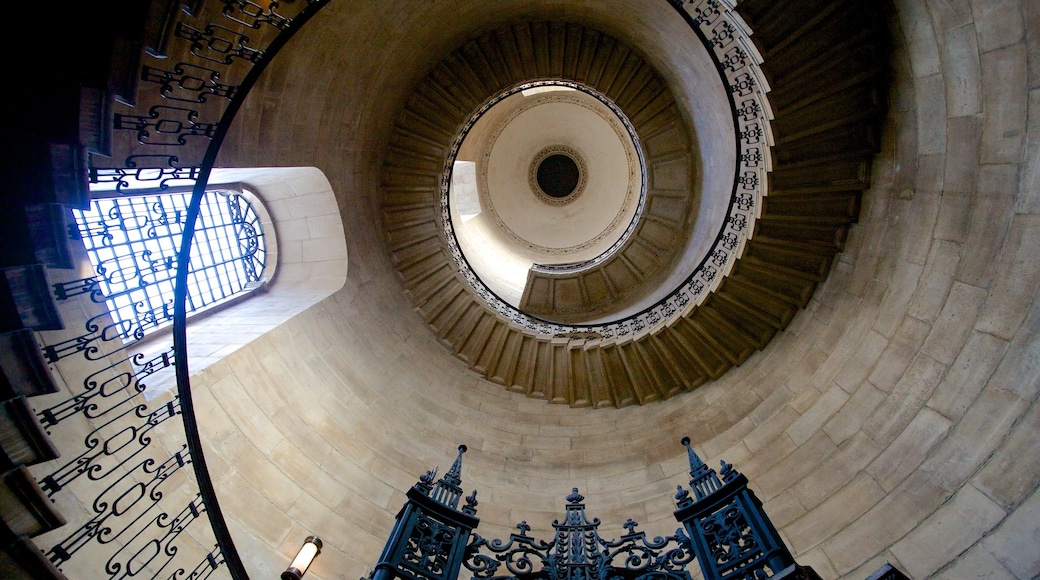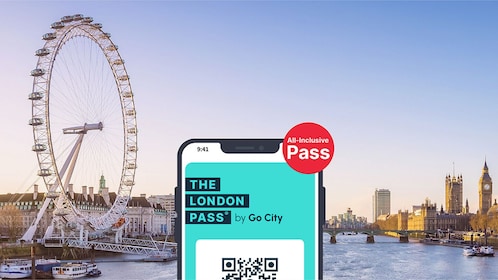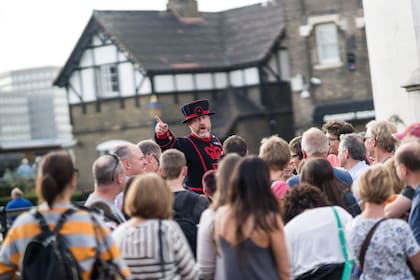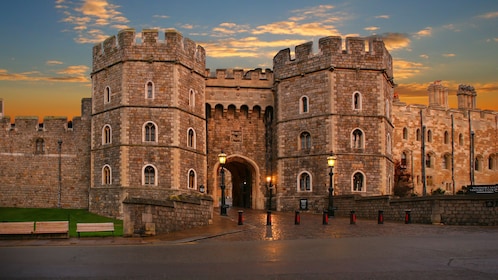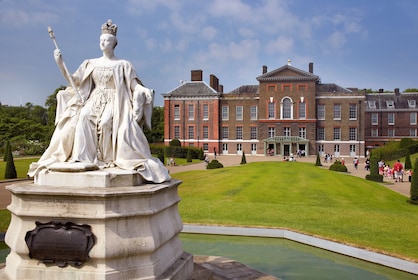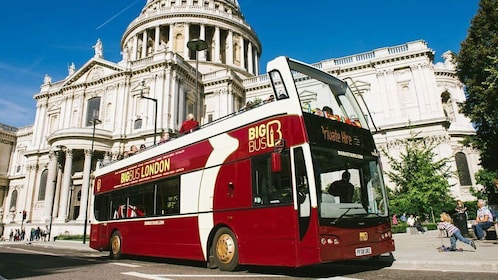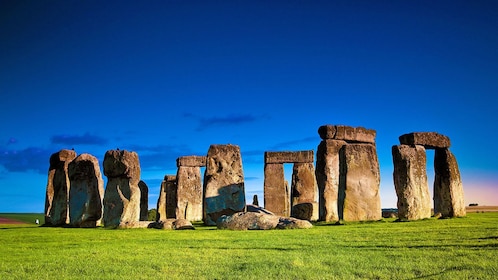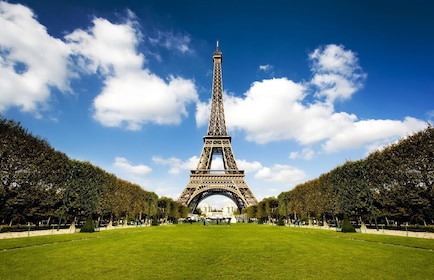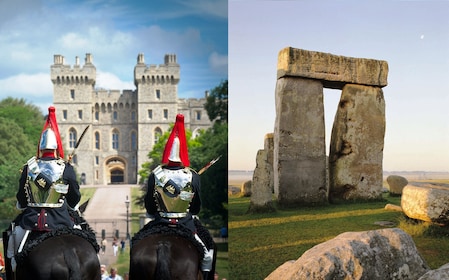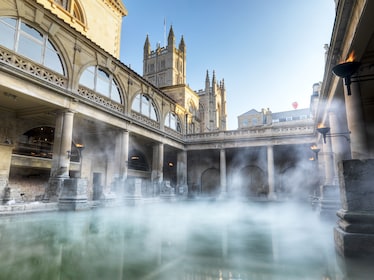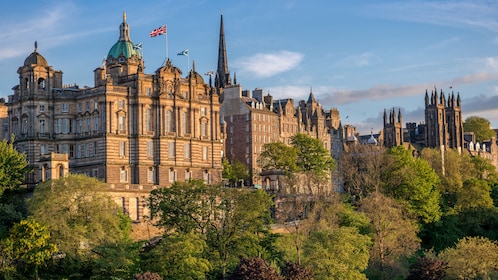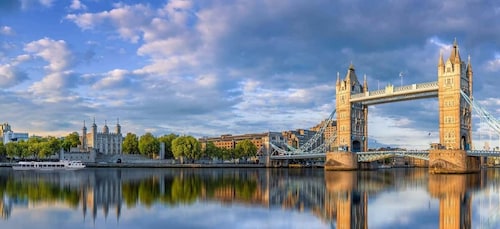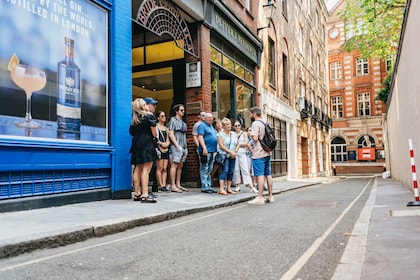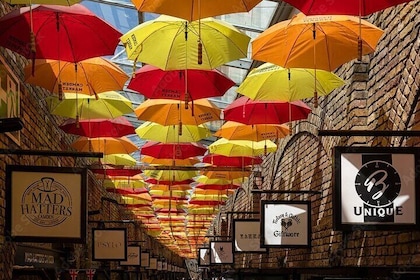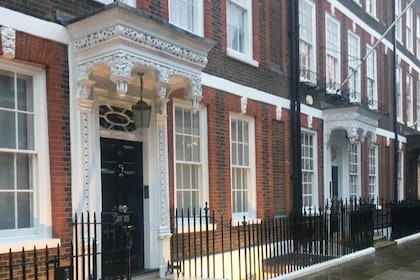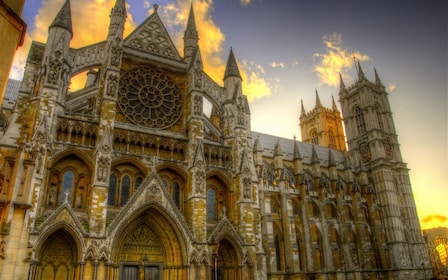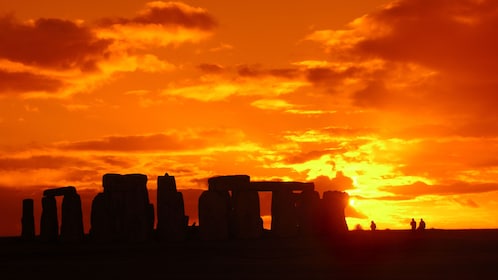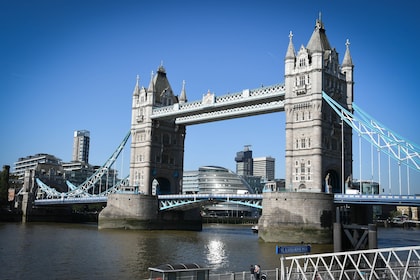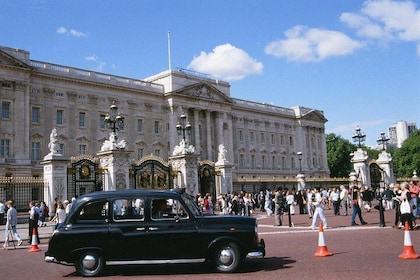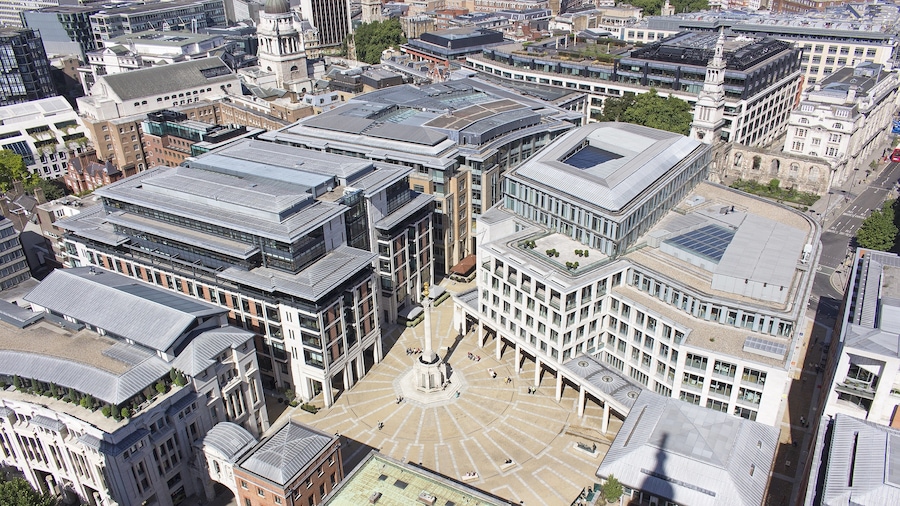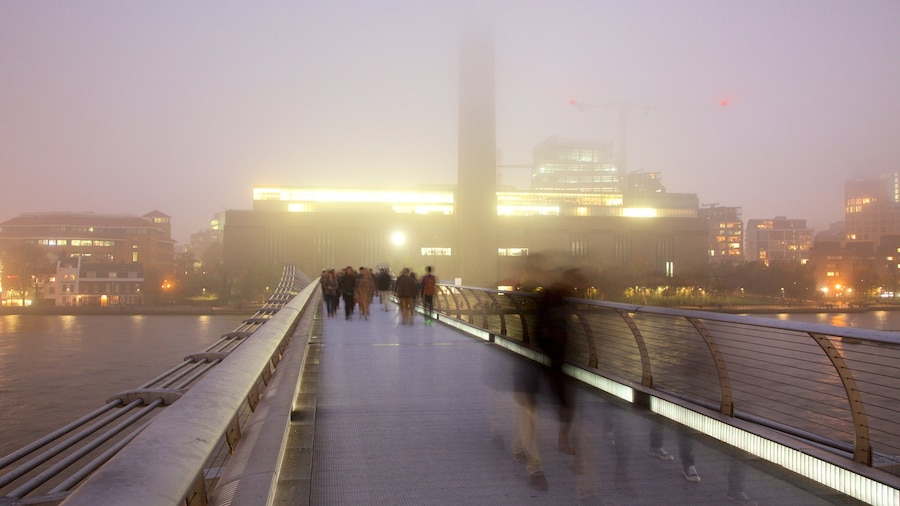St. Paul’s Cathedral is a 17th-century Baroque structure that is arguably the most iconic landmark in London. It is the most recognized work in the career of Britain’s most famous architect, Sir Christopher Wren. The cathedral sits on London’s highest point, Ludgate Hill, overlooking the rest of the otherwise flat city. It stands at 366 feet (111.6 meters) high. The cathedral hosts state funerals, weddings and celebrations.
Admire the Baroque design of the large cathedral. Gaze up at its central dome, which stands out above the rest of the cathedral and the city. It was inspired by Michelangelo’s dome in the Vatican City and is visible from most parts of the city.
See the intricate façade on the western side of the cathedral. Marvel at the twin towers that rise up either side of its grand entrance. Admire the ten pairs of columns in the center.
In the vast interior of the cathedral, look up at the majestic arches and columns. Browse works of art, such as sculptures, paintings and metalwork. Locate the large monument to former political and military figure The Duke of Wellington on a horse.
Take a guided tour of the church or use the audio guide. The church is open to sightseers from morning until late in the afternoon, except on Sundays.
The construction of the cathedral was part of a project to rebuild the city following the Great Fire of London in 1666. The funerals for war heroes Horatio Nelson and Winston Churchill and former Prime Minister Margaret Thatcher were held at the cathedral. Other memorable events include the wedding of Prince Charles and Lady Diana and Queen Elizabeth II’s Diamond Jubilee celebration.
St. Paul’s Cathedral sits in the center of London, only a few streets north of the River Thames. Several London Underground stations with excellent transportation links surround it. There are many buses that take passengers to the cathedral or you can take the River Bus along the River Thames.
